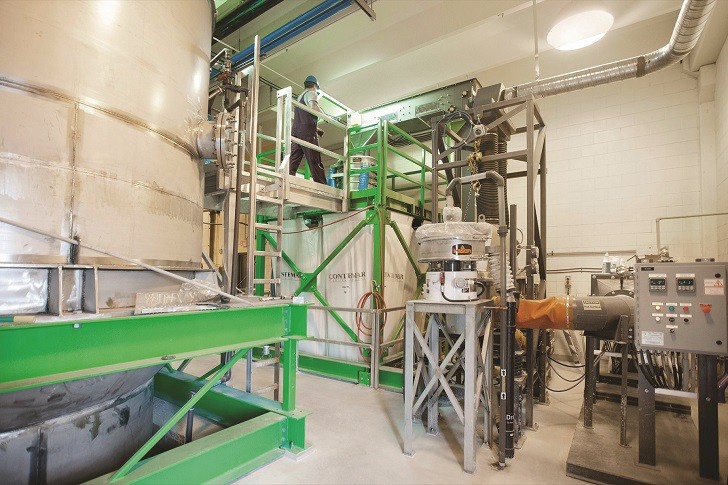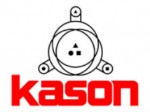Phosphorous recycling helps create ecofriendly fertilizer from Saskatoon wastewater

The largest city in Saskatchewan has turned a problem of excess phosphorus accumulating in its wastewater treatment system into a slow-release, environmentally-friendly fertilizer. Using an Ostara Pearl 2000 reactor system, as well as Kason screening and classifying technology, operating at the City of Saskatoon Wastewater Treatment Plant, the city is transforming excess (previously wasted) phosphorus and nitrogen from their wastewater into high-grade fertilizer.
Saskatoon’s wastewater treatment plant, built in 1971, has expanded several times to serve the city’s growing population of over 300,000, and comply with environmental regulations. In 1991, an enhanced biological phosphorus removal (EBPR) process was installed, to reduce phosphorus and meet discharge permit limits for the South Saskatchewan River.
In the EBPR process, microbes known as phosphorus accumulating organisms (PAOs) remove phosphorus from the incoming wastewater stream of 85 million litres (22.4 million gallons) per day. The resulting biomass is piped 12 kilometres to settling lagoons where it is aerobically digested and dewatered. The resulting biosolids from the lagoons are applied to farmland, and the supernatant liquid is pumped back through a second 12-km pipeline to the wastewater plant inflow.
Although EBPR has many advantages over chemical phosphorus removal, in Saskatoon, accumulating sludge was releasing phosphorus back into the solution, resulting in greater loads of phosphorus and other nutrients (i.e., ammonia and magnesium) circling back to the main treatment process. The nutrient overload promoted formation of a precipitate called struvite (magnesium ammonium phosphate hexahydrate, MgNH4PO46H2O) that was coating pipes, valves and other equipment, reducing plant flow capacities and increasing maintenance requirements.
To eliminate these problems, the City of Saskatoon commissioned Ostara Nutrient Recovery Technologies Inc. to install Canada’s first commercial facility to recover phosphorus and nitrogen. This system is now key to transforming both elements into more than 80 tons (725 mt) per year of Crystal Green, a slow-release, environmentally responsible, enhanced efficiency fertilizer. The heart of the nutrient recovery process is Ostara’s Pearl 2000 fluidized bed reactor into which the nitrogen and phosphorus-rich sludge water is fed, with magnesium added.
Additional phosphorus and magnesium are fed to the reactor by Ostara’s Waste Activated Sludge Stripping (WASSTRIP) process which strips both nutrients from the sludge. The stripping makes available as much as 40 percent more phosphorus for recovery and further controls struvite scale formation throughout the sludge treatment stream. According to Ostara, the Pearl reactor removes 90 percent of phosphorus and 40 percent of nitrogen from Saskatoon’s feed water, and enables their conversion into high-value fertilizer.
Screening and dewatering
In the final steps of the process for converting phosphorus and nitrogen into fertilizer pellets at the City of Saskatoon wastewater treatment plant, a Kason Corporation single deck circular vibratory screener dewaters the pellets, and a fivedeck Kason classifier separates the final dried pellets into four commercial sizes.
“First, the Kason Vibroscreen 30-inch (762 mm) diameter single deck dewatering screener dewaters the prills to a moisture content of 18 to 20 percent,” explains Derek Lycke of Kason. “The screener also helps spread out and equalize the flow to the horizontal fluid bed dryer.”
Particles smaller than 35 mesh are captured and liquid flows down through screen apertures. Screened and dewatered particles then pass to a horizontal fluid bed dryer, which further reduces their moisture content to 0.5 percent. Using heat, air flow and vibration, the unit separates and fluidizes individual particles to maximize drying. The resulting product is sold as Crystal Green fertilizer.


